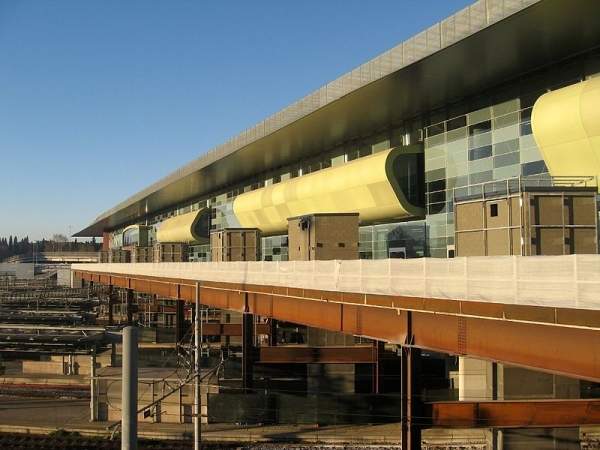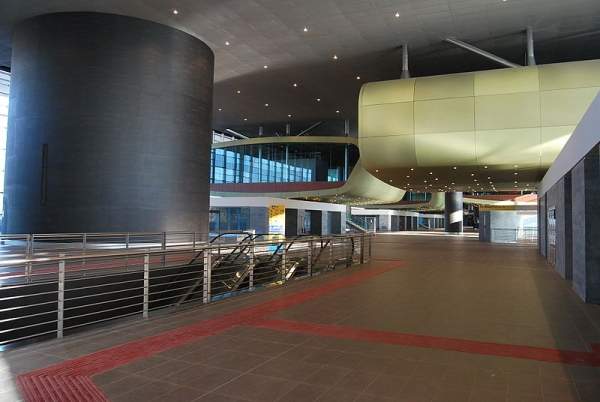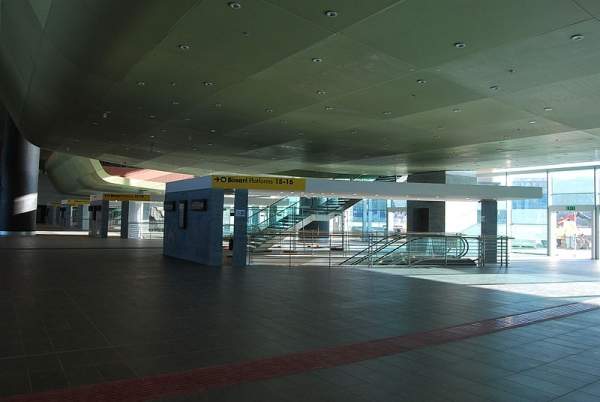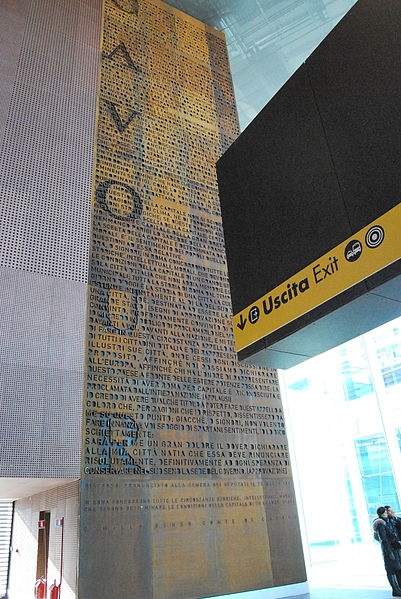Roma Tiburtina is one of the largest railway stations in Italy. It is located in eastern Rome. The station was renovated and redeveloped in order to be established as a hub for the Italian high speed rail services.
Redevelopment work was completed in four years and the station was re-opened on 28 November 2011.
The newly opened station is used by traditional regional trains and high speed rail services on the Milan – Naples line. The station is managed by Rete Ferroviaria Italiana Grandi Stazioni.
Roma Tiburtina is served by 290 regional and 140 high speed trains. It is expected to reach a ridership of 45,000 a day by 2015. The total investment in the project was €170m ($228.65m).
History of the major Italian railway station
The old Roma Tiburtina station was established in 1866. It was planned to be upgraded in 2004. The upgrade commenced in 2007 and was completed in 2010.
The old station building was demolished in December 2007. The station upgrade project was undertaken as part of the European Union’s Trans-European Transport Network.
In July 2011, a fire started in the station’s relay room, temporarily paralysing the traffic signals, tracks and controls on the Italian rail network.
Routes running to and from Roma Tiburtina and station deisgn
The station is serviced by trains running from Firenze to Roma, Roma to Perugia, Roma to Ancona and Roma-Pescara, FR1 line and FR2, as well as the Milan – Naples high-speed (TAV) line.
The station redevelopment project was designed by architect Paolo Desideri. The station forms a bridge on the railway lines. The bridge-station connects the two areas of Nomentano and Pietralata.
The glass parallelepiped station is 240m long and 50m wide. It is 9m from the ground level.
The station is divided into eight rooms suspended from the roof. The suspension of the structures ensures that the station is not affected by the vibrations created by trains passing below it. The suspended rooms are connected to the ground level through escalators and elevators.
Rome’s railway station construction and upgrades
The construction included upgrading the rail infrastructure by laying high speed and high capacity tracks, improving security equipment and also upgrading the infrastructure services for passengers. Twenty new tracks were laid, plus 29 elevators and 52 escalators were installed.
Private roads were developed and more than 100,000 parking spaces were added. About 13,400t of steel and 95,000 cubic metres of concrete was used for the construction.
Rail switches were installed in the traffic control room and south and north tracks were constructed by December 2010. Construction of the northern railway yard was also completed during the same period.
The two squares on both sides of the station entrances have been developed for accommodating a railway office, a new metro line, a bus terminal, a shopping centre, offices and parking spaces.
Contractors for the station renovation project at Roma Tiburtina
The station was built by Coopsette.
The project design and construction was managed by the Gemmo Railway Division, which administered electrical and mechanical systems as well as the technical and financial aspects of the project, under a €17m contract.
Bombardier was awarded a contract to supply control equipment for the station.
The station has 29 platforms. The other facilities at the station include a round-the-clock currency exchange and supermarket. It has more than 50,000m² of internal passenger connections.
There is a bus station located outside the station. A taxi stand provides regional, national and international connections.
Tiburtina gets its electricity supply from four MV/LV substations with an output capacity of 6MW. It has two generators and two step-up transformers.
The mechanical systems at the station include one central plant room, one cooling plant and one fire-fighting pump station. The station has a fire detection system and more than 500 CCTVs.





